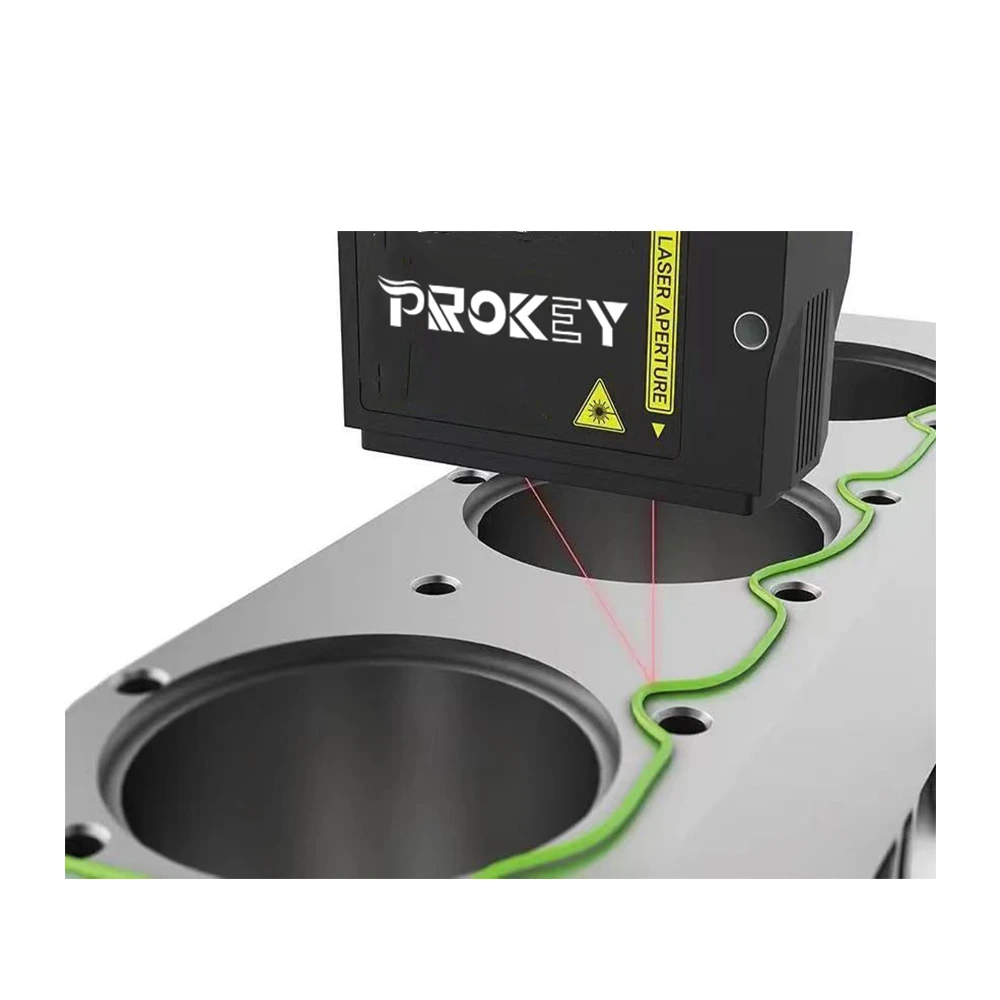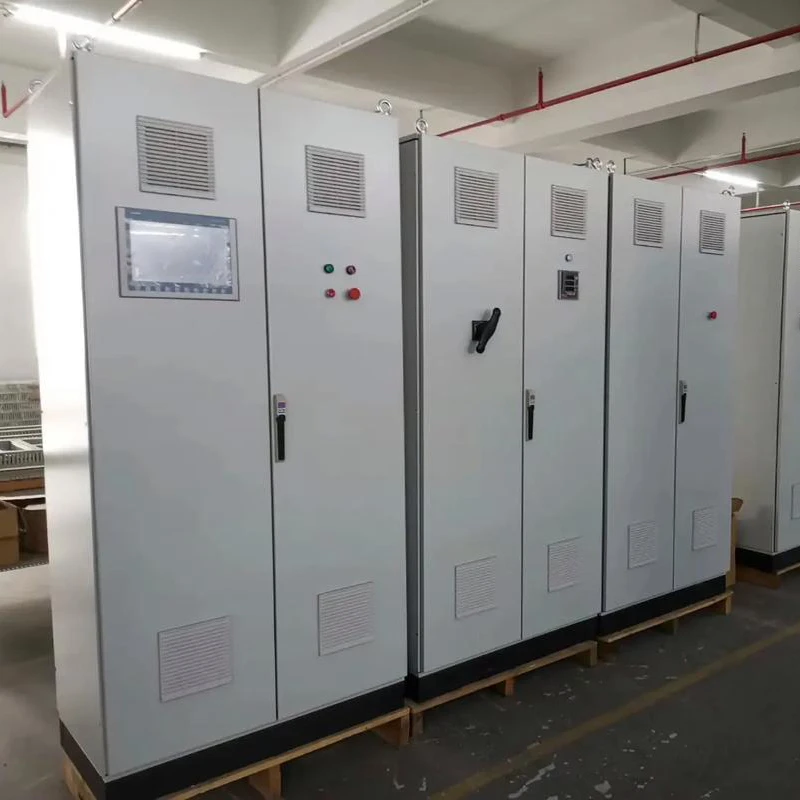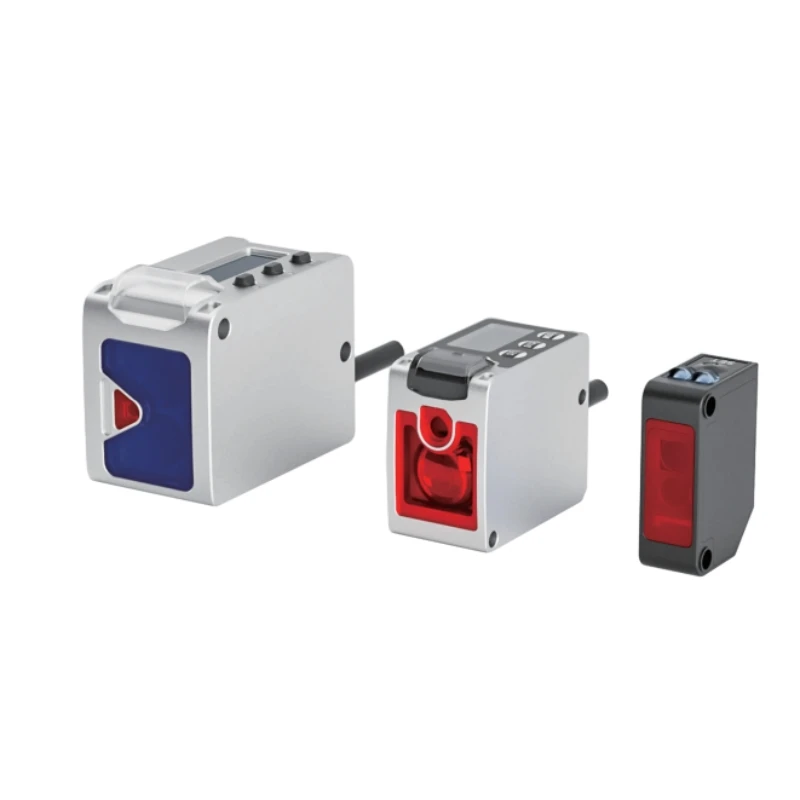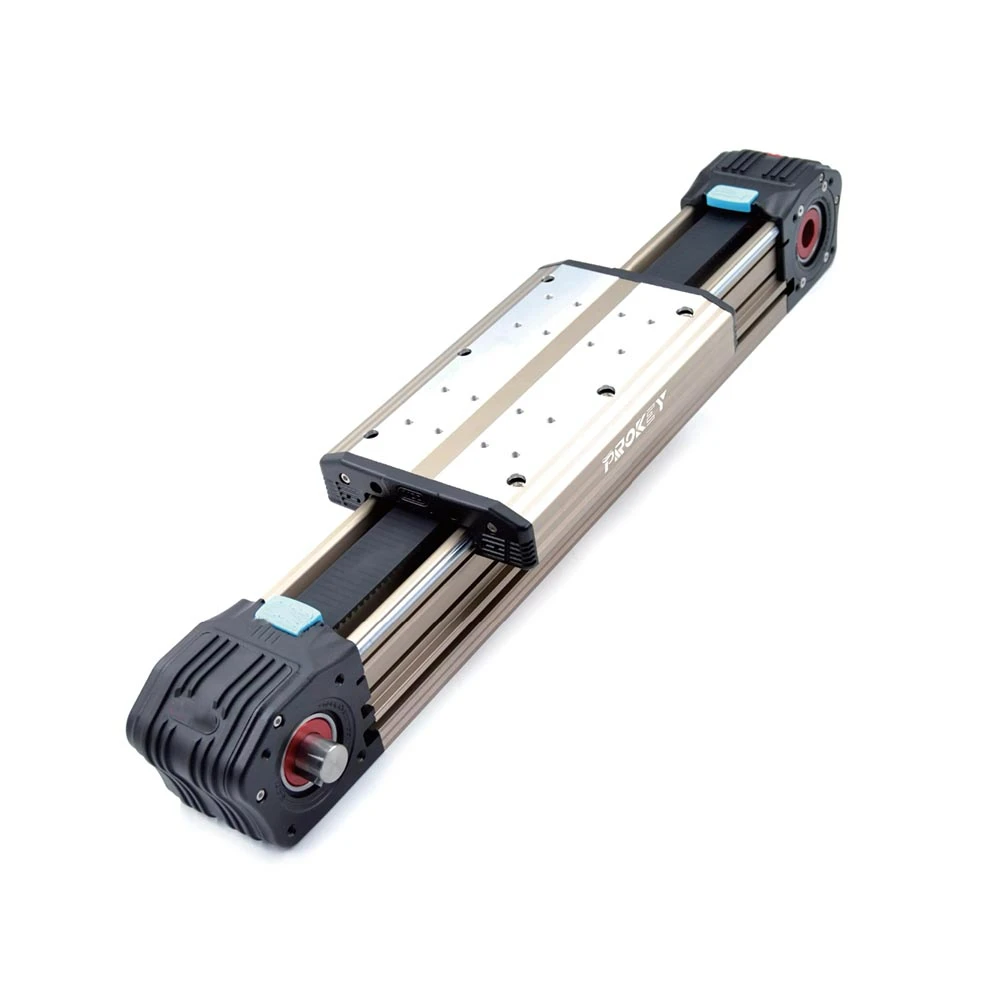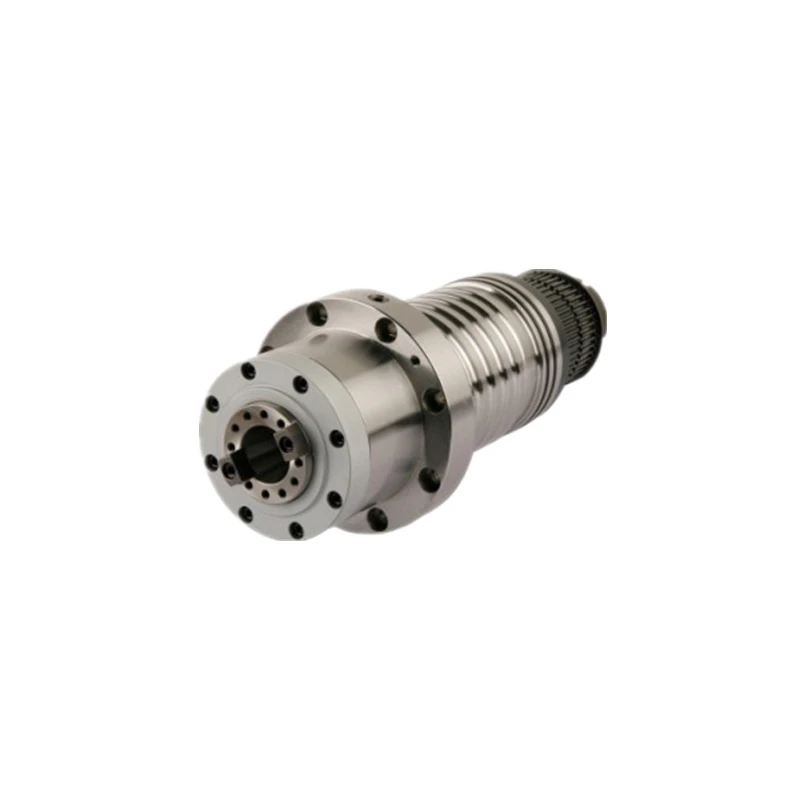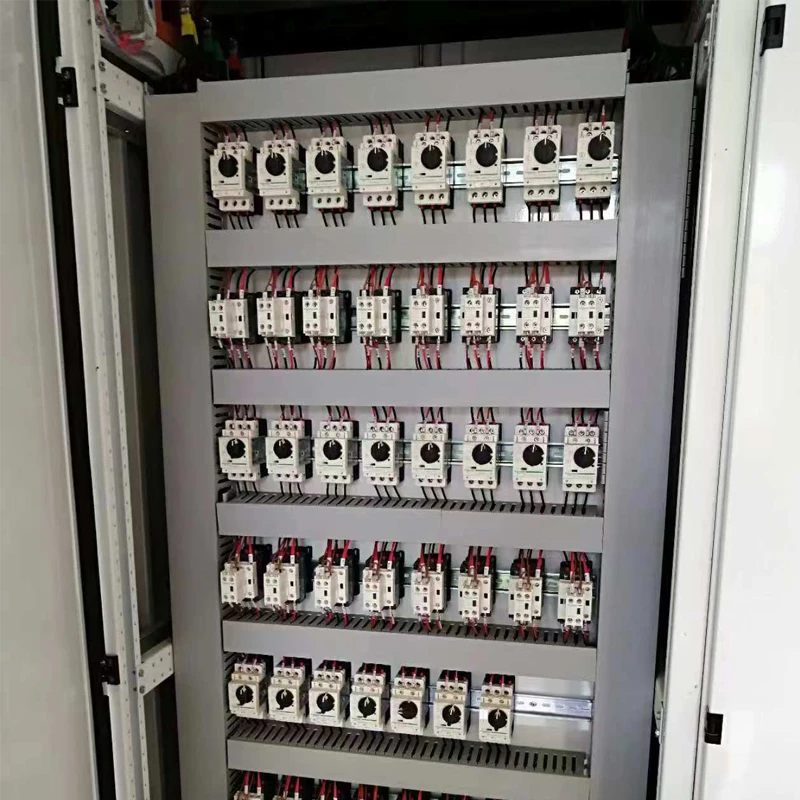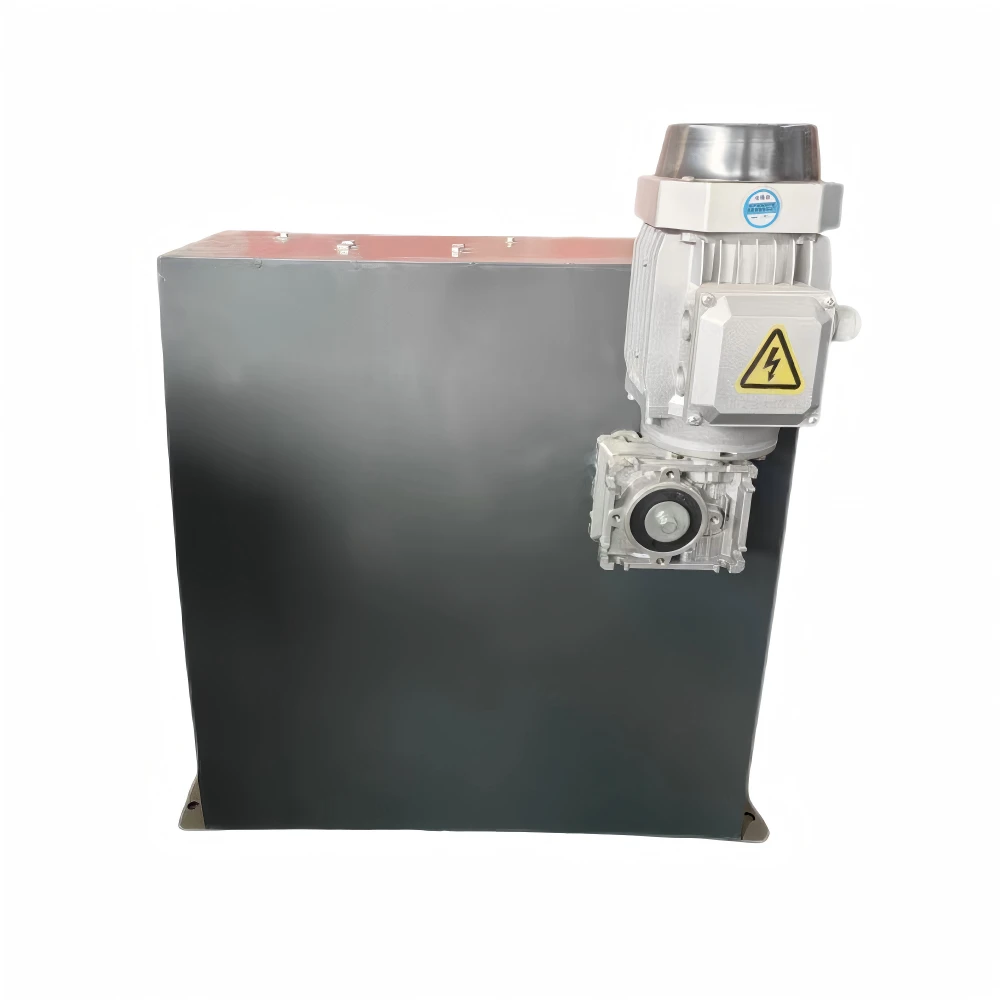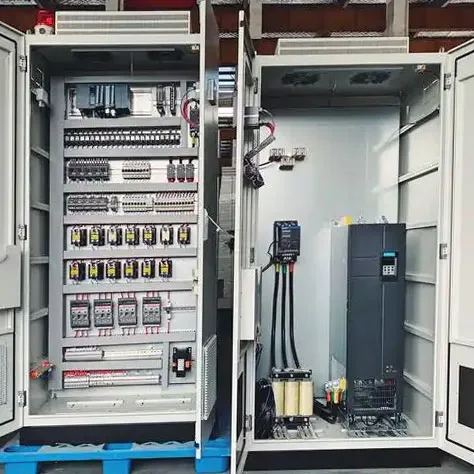12 月 . 04, 2024 09:43 Back to list
shaft roller bearing
Understanding Shaft Roller Bearings A Comprehensive Overview
Shaft roller bearings are essential components in various mechanical systems, playing a crucial role in reducing friction and supporting loads in rotary applications. These bearings are specifically designed to enable smooth rotation between different parts, thus enhancing the efficiency and lifespan of machinery. In this article, we will explore the features, types, applications, and advantages of shaft roller bearings.
What Are Shaft Roller Bearings?
Shaft roller bearings consist of rolling elements—typically cylindrical or tapered rollers—between inner and outer races. The rolling motion of these elements minimizes contact area, thereby reducing friction and wear when mechanical parts are in motion. The primary function of these bearings is to support radial and axial loads while allowing for rotational movement, which is essential in many industrial applications.
Types of Shaft Roller Bearings
There are several types of shaft roller bearings, each designed for specific applications and load conditions
1. Cylindrical Roller Bearings These bearings feature cylindrical rollers and are designed to handle heavy radial loads while providing minimal friction. They are widely used in various applications, from automotive to heavy machinery.
2. Tapered Roller Bearings These bearings have conical rollers and are designed to support both radial and axial loads. They excel in applications where high-speed rotation and heavy axial loads are present, such as in vehicle wheel hubs.
3. Spherical Roller Bearings With a unique design that allows for angular misalignment, spherical roller bearings can accommodate both radial and axial loads. They are commonly found in applications with varying load conditions, such as in wind turbines and industrial gearboxes.
4. Needle Roller Bearings These bearings utilize long, thin rollers and are often used in tight spaces due to their compact design. They are particularly effective in applications requiring high load-carrying capability in a small footprint.
Applications of Shaft Roller Bearings
Shaft roller bearings are ubiquitous in various industries due to their versatility. Key applications include
shaft roller bearing

- Automotive In vehicles, these bearings are crucial in wheel hubs, transmissions, and engines, aiding in smooth movement and efficiency. - Industrial Machinery They are used in conveyor systems, pumps, and compressors, where reliable performance is essential for operational efficiency.
- Aerospace Shaft roller bearings are employed in aircraft engines and landing gear, where reliability and safety are paramount.
- Construction Equipment Heavy machinery such as excavators and cranes rely on these bearings to handle the heavy loads and challenging conditions of construction sites.
Advantages of Shaft Roller Bearings
1. Reduced Friction The rolling motion of the elements significantly minimizes friction compared to sliding contacts, leading to improved energy efficiency.
2. High Load Capacity Shaft roller bearings can handle substantial radial and axial loads, making them suitable for demanding applications.
3. Durability and Longevity With proper maintenance and lubrication, these bearings can have a long operational life, reducing the need for frequent replacements.
4. Versatility Available in various designs, sizes, and materials, shaft roller bearings can be tailored to meet the specific requirements of diverse applications.
5. Easy Installation Many designs are easy to install, which can save time and labor costs during assembly.
Conclusion
Shaft roller bearings are vital for the functionality and efficiency of countless mechanical systems across various industries. Their ability to reduce friction, accommodate heavy loads, and adapt to different applications makes them indispensable components in modern engineering. Understanding the types, applications, and benefits of these bearings can aid engineers and manufacturers in selecting the right components for their specific needs, ultimately leading to enhanced performance and reliability in their machinery and equipment. As technology advances, innovations in bearing design and materials will continue to evolve, further improving efficiency and functionality in the years to come.
-
Why Steel Mills Rely on FODA’s High-Temperature Cylindrical Roller Bearings?
NewsApr.10,2025
-
What is a Plain Bearing? A Complete Guide to Design & Functionality
NewsApr.10,2025
-
Thrust Ball Bearings vs. Tapered Roller Bearings: FODA’s Performance Comparison
NewsApr.10,2025
-
The Engineering Behind FODA Thrust Ball Bearings: Precision for High-Speed Applications
NewsApr.10,2025
-
No More Compromises: Get Precision-Engineered Custom Bearings Tailored to Your Exact Specifications
NewsApr.10,2025
-
In-Depth Analysis: Application Differences of Different Types of Angular Contact Ball Bearings
NewsApr.10,2025
Products categories



